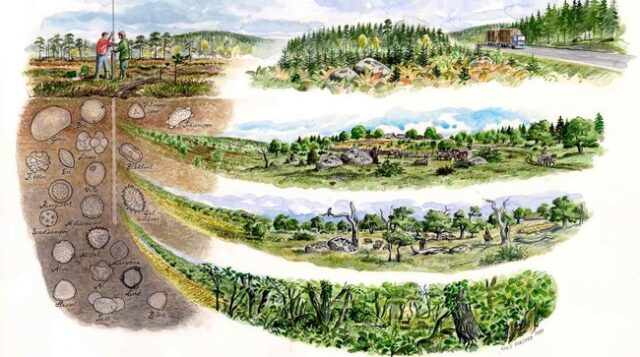
Archaeologists are delving into the depths of prehistory with an unlikely tool: ancient hazelnuts. A team from Oxford University has pioneered a method to glean insights into prehistoric woodlands by analyzing well-preserved hazelnut shells. By examining the carbon quantities within these shells, scientists can unravel the mysteries of ancient habitats. The research not only reveals the ecological makeup of bygone landscapes but also sheds light on human influence over millennia.

In their study, the team collected hazelnuts from trees thriving in different light conditions across southern Sweden. By correlating carbon values with light exposure, they established a method to discern the environmental settings in which these hazelnuts grew. Applying this technique to hazelnut shells from archaeological sites spanning the Mesolithic to the Iron Age, the researchers uncovered a fascinating narrative of environmental evolution. They found that as human activities progressed over time, the landscapes transformed, reflected in the shifting patterns of hazelnut procurement from closed woodland environments in the Mesolithic to open areas by the Iron Age. This innovative approach promises to deepen our understanding of ancient ecosystems and human interactions with them, offering a nuanced perspective on the intricate relationship between past societies and their environments.

















